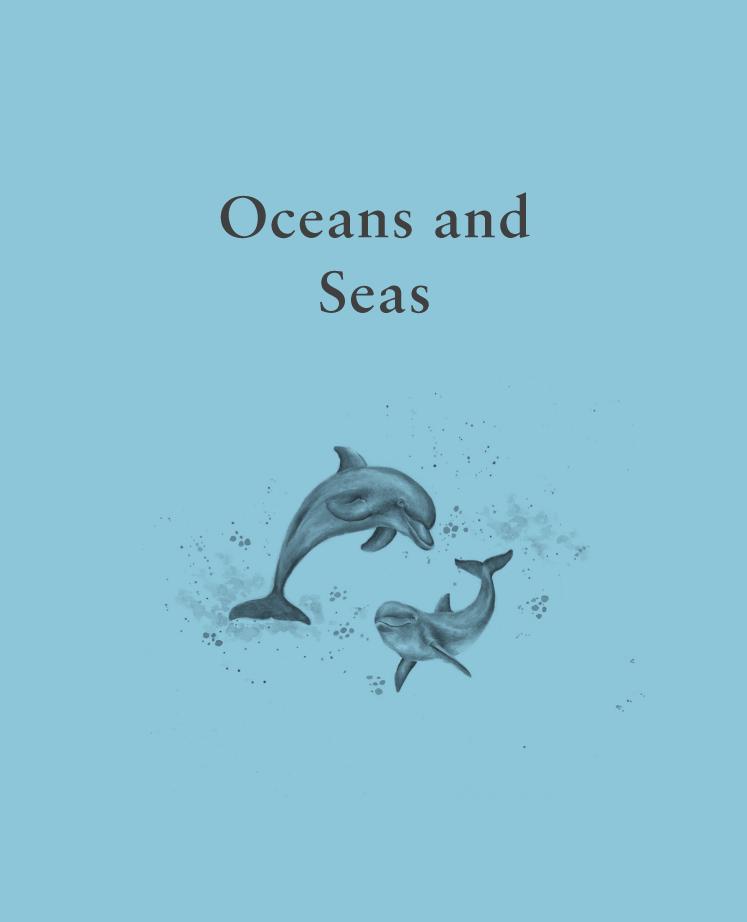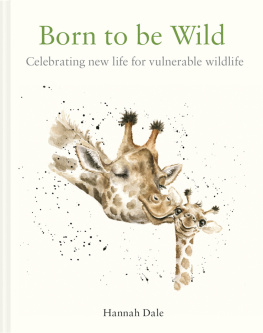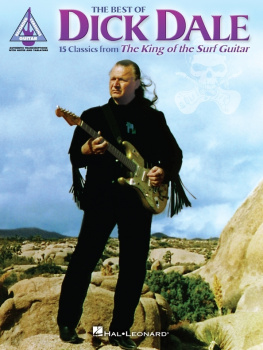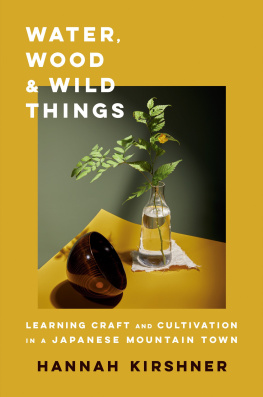Hannah Dale - Born to be Wild
Here you can read online Hannah Dale - Born to be Wild full text of the book (entire story) in english for free. Download pdf and epub, get meaning, cover and reviews about this ebook. publisher: Batsford, genre: Home and family. Description of the work, (preface) as well as reviews are available. Best literature library LitArk.com created for fans of good reading and offers a wide selection of genres:
Romance novel
Science fiction
Adventure
Detective
Science
History
Home and family
Prose
Art
Politics
Computer
Non-fiction
Religion
Business
Children
Humor
Choose a favorite category and find really read worthwhile books. Enjoy immersion in the world of imagination, feel the emotions of the characters or learn something new for yourself, make an fascinating discovery.
- Book:Born to be Wild
- Author:
- Publisher:Batsford
- Genre:
- Rating:5 / 5
- Favourites:Add to favourites
- Your mark:
- 100
- 1
- 2
- 3
- 4
- 5
Born to be Wild: summary, description and annotation
We offer to read an annotation, description, summary or preface (depends on what the author of the book "Born to be Wild" wrote himself). If you haven't found the necessary information about the book — write in the comments, we will try to find it.
Born to be Wild — read online for free the complete book (whole text) full work
Below is the text of the book, divided by pages. System saving the place of the last page read, allows you to conveniently read the book "Born to be Wild" online for free, without having to search again every time where you left off. Put a bookmark, and you can go to the page where you finished reading at any time.
Font size:
Interval:
Bookmark:

Hannah Dale

While browsing my latest Wrendale Designs catalogue, hot off the press, with an obligatory cup of tea, I noticed how many of my illustrations feature a young animal with a parent. It also struck me how many of these particular paintings I really love the pure joy and contentment on their faces speaks directly to the part of me that would love to hold one of my babies, touch their soft heads and experience that sweet baby smell again (just for a short while, before the sleepless nights and dirty nappies remind me how hard it actually was!).
The bond between parent and infant unifies us all as humans but extends beyond our own species and offers us a tangible connection to our cousins in the animal world. The innate desire to secure our own immortality by passing on our genes to future generations drives all kinds of interesting behaviours, and it is incredible how diverse parenting strategies have evolved from one creature to the next, depending on the specific niche that species occupies and the pressures that the environment imposes upon it.
It is virtually impossible not to recognise ourselves reflected in the behaviour of our fellow great apes the devotion and care a mother orangutan gives to her offspring is easy to identify with, but as usual, nature has a trick or two up her sleeve and other species have evolved diverse and complex parenting techniques that often seem counterintuitive. You might find yourself surprised by the questionable maternal instinct of the beautiful giant panda, who gives birth to twins or triplets but chooses to rear only one cub, abandoning the others to certain death. Delve a little deeper and the reason for this seemingly heartless behaviour becomes clearer: a carnivores digestive system makes it too difficult for a panda to extract enough energy from a bamboo diet to successfully rear more than one cub thus it is better to focus her energies on one cub and succeed rather than fail completely trying to raise two or three. Then there is the amazing alligator who confounds her menacing appearance by providing tender and attentive care to her hatchlings. Not to mention the cunning cuckoo catfish who, like her avian namesake, sneaks her eggs into the clutch of an unsuspecting cichlid and lets her do all of the hard work!

This book celebrates the colourful and eccentric variety of parenting strategies that can be found in the animal kingdom, from the heart-warming and tender, to the bizarre and baffling. Each one is unique and special in its own right, carved out and shaped by Darwins survival of the fittest. Some of these animals are among the most endangered in the world and as well as celebrating the joy of parenthood, I hope that this book helps to reinforce the desperate need to preserve this fantastic variety of life for future generations.
The image below was painted in early April 2020 when the UK was in full pandemic lockdown it totally reflects the way I was feeling at the time, home-schooling three children (mostly fruitlessly to be completely honest) at the same time as trying to keep our business afloat. It was inspired by a beautiful thrush who was raising her family in a nest on our driveway at the same time, and without the usual distractions of everyday life, one of our daily pleasures was watching her feed her young through our window.



The enormous humpback whale can reach the size of a school bus and is best known for its aquatic acrobatics and haunting song. Contrary to what the name may suggest, this buoyant beauty doesnt actually have a humped back the name is derived from the way the whale arches its back before embarking on a deep dive. Humpbacks occur worldwide in all major oceans, and migrate further than any other mammal. Females produce a single calf once every two to three years and will nurse it for a year. The males are famous for their complex and melodious whale song, but recent research has identified much quieter conversations between calves and their mothers. This whispering is thought to be quieter than adult vocalisation to avoid detection by predators. Humpbacks form strong bonds with their young, often touching fins as they swim. As well as fiercely protecting their young, the amazing humpback has been observed protecting other animals from attacks by killer whales.


The green turtle is unusual among other turtle species in being strictly vegetarian; a diet of algae and seaweed gives it its distinctive green colouring. Found all over the world, the green turtle is endangered due to hunting and loss of habitat and there is an awful lot we dont know about this gentle giant. They can live for up to 70 years and it is not known how many times a female will breed during her lifetime. When she does breed, she lays up to 100 eggs in her nest, which she digs in the sand. She will build a new nest every couple of weeks over several months before eventually returning to her foraging sites. Taking a relaxed approach to parenting, the large number of hatchlings are left to their own devices. When they emerge from their eggs, the little turtles dig their way out of the nest and follow the bright lights of the horizon to the sea. Sadly, in some locations, the brightest lights are created by street lights or the glow of built-up areas, and the confused little turtles end up finding their way to towns or busy roads.


Seahorses occur in the shallows of temperate and tropical waters. Male seahorses are unusual in the animal world for giving birth to their young. The female lays the eggs in the males pouch, which he then fertilises and keeps safe for around 24 days, carefully regulating the temperature, blood flow and water salinity as the eggs develop. When the young fry are ready to be born, the pouch contracts and up to 1,000 baby seahorses are released into the ocean. However, before we give dad too much credit, once the fry are born, that is it as far as his paternal contribution goes the young are on their own and only a couple are likely to make it to adulthood. The reason why seahorses have evolved this unusual parenting strategy is not fully understood.
Font size:
Interval:
Bookmark:
Similar books «Born to be Wild»
Look at similar books to Born to be Wild. We have selected literature similar in name and meaning in the hope of providing readers with more options to find new, interesting, not yet read works.
Discussion, reviews of the book Born to be Wild and just readers' own opinions. Leave your comments, write what you think about the work, its meaning or the main characters. Specify what exactly you liked and what you didn't like, and why you think so.












